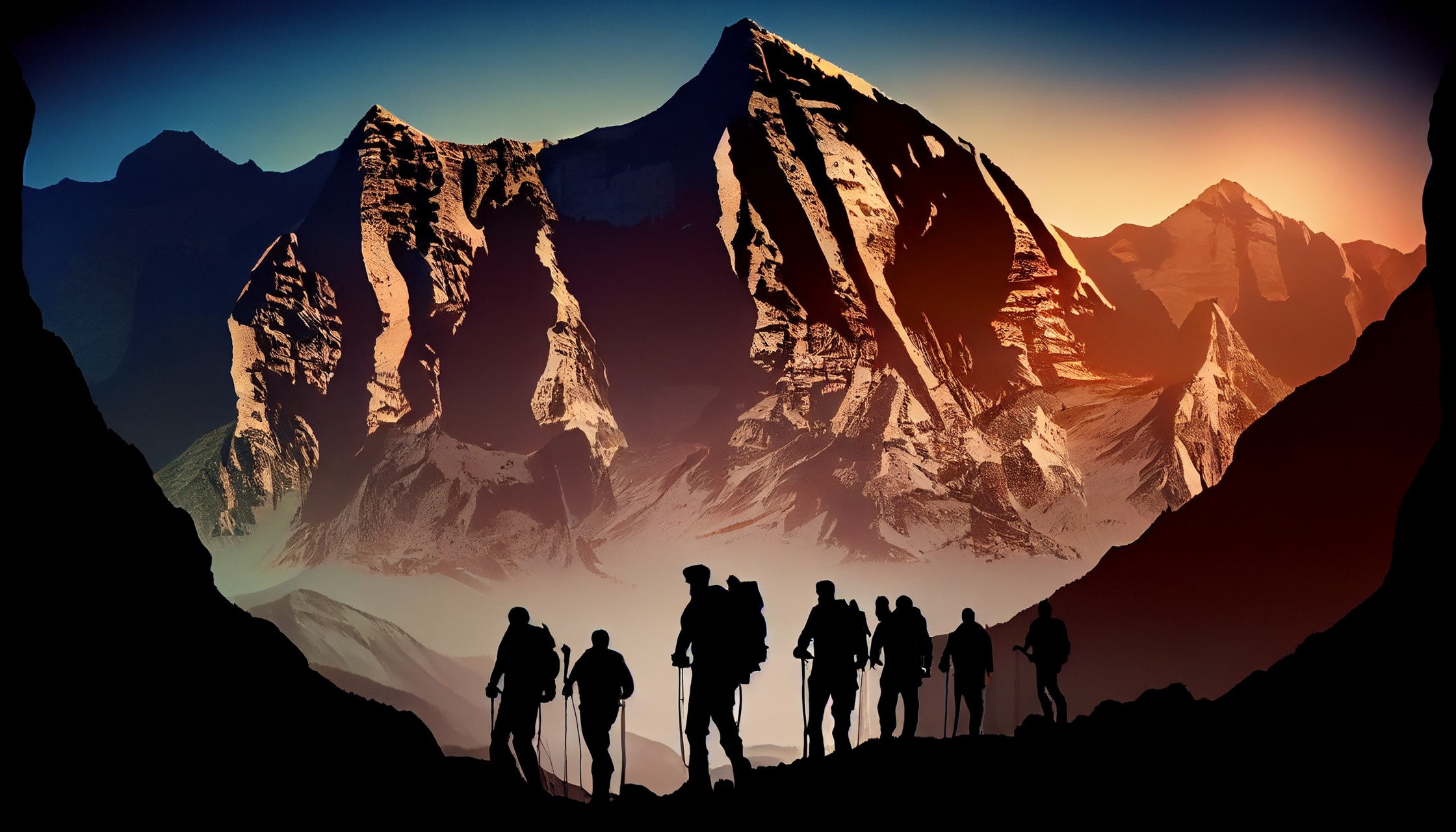Adventure Tourism: Thrills, Exploration, and Sustainable Growth

Adventure tourism is one of the fastest-growing segments of the global travel industry, offering adrenaline-fueled experiences that push travelers out of their comfort zones. From scaling mountains to diving deep into oceans, adventure tourism appeals to those seeking excitement, challenge, and connection with nature. However, with its rapid growth comes the responsibility to ensure safety, sustainability, and cultural sensitivity.
This blog dives into the vibrant world of adventure tourism, its unique appeal, challenges, and the trends that are shaping its evolution.
Adventure tourism involves travel to remote or exotic locations, offering physical activity, cultural immersion, and interaction with the natural environment. It encompasses both soft adventures (hiking, snorkeling) and hard adventures (mountaineering, skydiving).
Personal Growth: It fosters resilience, confidence, and a sense of accomplishment.
Authentic Experiences: Adventure tourism often involves close interactions with nature and local cultures.
Escape from Routine: It provides a break from daily monotony with unique, once-in-a-lifetime experiences.
Health and Wellness: Physical activities in adventure tourism promote fitness and mental well-being.
Adventure tourism spans a wide array of activities and destinations, catering to varying levels of thrill-seekers:
1. Land-Based Adventures
Activities such as trekking, rock climbing, mountain biking, and desert safaris.
2. Water-Based Adventures
Scuba diving, white-water rafting, kayaking, and deep-sea fishing.
3. Air-Based Adventures
Paragliding, hot air ballooning, zip-lining, and skydiving.
4. Wildlife Tourism
Safari tours, bird watching, and eco-lodges in remote jungles.
5. Extreme Sports
Activities like bungee jumping, ice climbing, and canyoning for seasoned adventurers.
While adventure tourism offers unparalleled excitement, it comes with unique challenges that operators and destinations must address:
1. Safety and Risk Management
Ensuring participant safety in high-risk activities is a primary concern.
2. Environmental Impact
Increased footfall in fragile ecosystems can lead to habitat destruction and pollution.
3. Regulatory Compliance
Adhering to local laws and obtaining permits for activities can be complex.
4. Seasonal Dependency
Many adventure activities are seasonal, impacting revenue consistency.
5. Balancing Accessibility and Authenticity
Making adventure tourism accessible while preserving its raw, untamed appeal is challenging.
Technology is playing a transformative role in making adventure tourism safer, more accessible, and more engaging for travelers.
1. Wearable Technology
GPS trackers, heart rate monitors, and safety beacons enhance safety and performance tracking during activities.
2. Drones for Exploration
Drones are used for trail mapping, site monitoring, and providing aerial views of adventure locations.
3. Virtual Reality (VR) Previews
VR allows travelers to explore adventure experiences virtually before booking.
4. Mobile Apps
Apps streamline booking, provide real-time updates, and offer information on safety protocols and activity details.
5. Big Data Analytics
Data helps operators understand traveler preferences and optimize offerings.
6. AI for Personalization
AI tools recommend tailored adventure packages based on individual preferences and skill levels.
Sustainability is a critical concern for adventure tourism, as many activities occur in ecologically sensitive areas. Operators are adopting eco-friendly practices to minimize their impact.
Leave No Trace Policies: Educating travelers on minimizing waste and preserving natural habitats.
Eco-Friendly Gear: Promoting the use of sustainable equipment and materials.
Carbon Offset Programs: Reducing the carbon footprint of travel and activities through offset initiatives.
Community Engagement: Involving local communities in guiding, hospitality, and conservation projects.
Protected Area Management: Partnering with governments and NGOs to preserve fragile ecosystems.
The adventure tourism landscape is evolving, driven by changing traveler preferences and advancements in technology. Key trends include:
1. Micro-Adventures
Short, local, and budget-friendly adventures appeal to time-strapped travelers.
2. Hybrid Experiences
Combining adventure activities with wellness retreats and cultural immersion.
3. Adventure for All
Inclusive adventures that cater to all age groups and skill levels, including accessible activities for people with disabilities.
4. Technology-Enhanced Experiences
AR and VR applications enrich pre-trip planning and on-ground exploration.
5. Sustainability as a Selling Point
Eco-conscious travelers are driving demand for green-certified operators and carbon-neutral adventures.
6. Digital Nomad Adventures
Adventure tours designed for remote workers, combining workspaces with thrilling experiences.
Platforms like AiDOOS can help adventure tourism operators thrive by addressing challenges and leveraging innovation:
Technology Integration: Implement AI tools, wearable tech, and mobile apps for better customer engagement and safety.
Sustainability Projects: Support eco-friendly practices, including carbon offsetting and habitat preservation.
Operational Optimization: Streamline bookings, resource allocation, and itinerary management.
Custom Marketing Campaigns: Use data analytics to craft targeted campaigns for adventure enthusiasts.
Talent On-Demand: Access skilled professionals for app development, safety training programs, and customer service.
Adventure tourism offers travelers an unparalleled mix of thrill, discovery, and connection with nature. By prioritizing safety, embracing technology, and adopting sustainable practices, operators can deliver exceptional experiences while preserving the beauty of the destinations they explore. Platforms like AiDOOS provide the tools and expertise needed to drive innovation and growth in this exhilarating segment of the tourism industry.